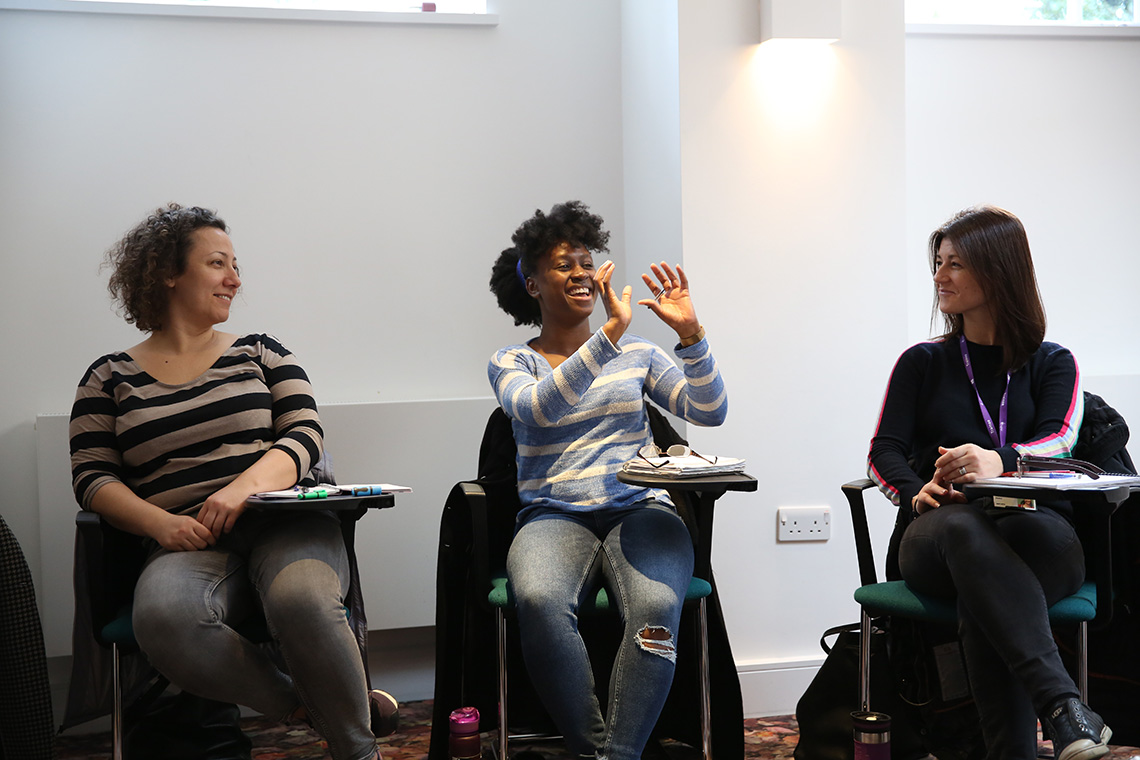August 27, 2024
Therapeutic Connections In Therapy: 4 Phases Discussed
Building Restorative Relationships With Clients Psychotherapy has been described as a dancing, "a synchronicity of the mind and body that takes place in between therapist and customer" (Schore, 2014, p. 388). Indeed, "an excellent connection is vital to helping the client connect with, remain in, and obtain the most from therapy" (DeAngelis, 2019). Rita Ardito and Daniela Rabellino (2011) from the Department of Psychology at the University of Turin offer a complete evaluation of sets of questions and scales for racking up the therapeutic alliance.Study Shows That The Restorative Partnership Is Just One Of The Toughest Forecasters Of Effective Treatment
Building trust: Leadership reflections on community empowerment and engagement in a large urban initiative - BMC Public Health
Building trust: Leadership reflections on community empowerment and engagement in a large urban initiative.


Posted: Wed, 28 Jun 2023 07:00:00 GMT [source]
- The partnership comes to be an area for customers to expose that they are, and to develop and grow into something new.
- By this phase, favorable transference and regressive kinds of reliance have been solved.
- Foster an atmosphere where clients really feel safe to share their susceptabilities and problems without worry of judgment.
- Showing an understanding of the customer's problems and having the ability to take their point of view makes sure to enhance the relationship.
Utility Of The First Restorative Alliance In Evaluating Psychological Patients' Danger Of Physical Violence
A necessary problem for a partnership to arise is that the person must have a directed desire for recuperation, some sense of helplessness or inadequacy, and a conscious requirement for cooperation with the therapist. Something therapists don't always think of when dealing with children is the connection they need to have with their parents. The moms and dads are the ones who bring their youngsters to treatment and need to count on the therapist to preserve it. It does not matter if you have a favorable alliance with a kid if their moms and dads aren't on-board.The Mystery Of Therapist Capability: Minimizing Worry, Sustaining Pity
The healing alliance describes the collaborative and trusting connection between a therapist and a client. It is identified by shared respect, compassion, count on, and shared goals. This connection is a safe area where clients feel understood, sustained, and verified, permitting them to discover their thoughts, emotions, and experiences freely. Ultimately, specialists need to concentrate on developing a risk-free area for customers to openly go over hard subjects without worry of judgment or criticism. By taking these actions, specialists can develop a solid therapeutic partnership with their clients that promotes meaningful adjustment and healthy end results. In later stages of treatment, a joint relationship creates to conquer or resolve the customer's issues. During this 2nd stage, there is a shared duty in pursuing objectives. A healthy and balanced partnership will certainly include ruptures and fixings throughout the phases Visit this site of therapy. This concept of realistic look within the relationship includes both compassion and understanding. Competent therapists actively get patients' input concerning the objectives and methods of treatment, in order to promote collaboration. Interestingly enough, clients and therapists typically (yet not always) settle on the top quality of their connection. Nonetheless, it is the client's assumption of the top quality of the connection that is the greatest predictor of treatment success. Patients' ratings of their partnership with the specialist, even very early in the treatment-- after the very first session or 2-- forecast their enhancement over the course of therapy. Nevertheless, people that report poor partnerships with their therapists are most likely to quit of therapy early. Strikingly, the top quality of the restorative connection appears important to therapy success no matter what sort of treatment is examined. Empathic listening calls for that the therapist experience the client's sensations as though they were their very own; such energetic listening is much more extreme than normally discovered in our daily lives. Such distancing behavior may arise from a lack of depend on or the client sensation judged or misconstrued. If the specialist senses the begin of a failure or a strain in the relationship, they have to not allow it expand however make clear any type of concerns and repair errors (Knox & Cooper, 2015). Here, both customer and specialist endure in privacy, as each is unaware of the other's struggle. Third, when the real partnership began to establish, it materialized as a shift from initial concern and pity to a growing feeling of safety and security within the client. Moreover, we observed that security was essential, acting as a 'launching pad' for self-disclosure, openness, and energetic interaction (the functioning alliance). Nonverbal expression of admiration, understanding, and compassion from the specialist made it easier for the client to build a connection with the therapist. As stated by other authors, straight eye contact in between therapist and patient can be a basic method for enhancing their relationship [Searight and Searight, 2009] Interviews with therapists likewise demonstrated that translation should take place in the first-person type in order to clear up the department of functions and to enhance the patient-therapist partnership [Hanft-Robert et al., 2018] In accordance with Brune et al.'s [2011] referral that the interpreter need to embrace a neutral yet compassionate attitude, the individuals ranked an appreciative, compassionate way with a synchronised individual impartiality for the interpreter as trustworthy.Social Links